70,237 people lost their lives to drug overdose in the US in
2017.1 This is more than the number of Americans killed during the
entire Vietnam War, the Korean War, or any armed conflict since World War II. Each
person was a son, daughter, father, mother, partner, or friend. Every one of
them had a life story with a tragic ending. Drug abuse, addiction, overdoses, and
death cross the boundaries of age, race, gender, income level, and occupation.
We all know someone who has suffered because of drug abuse.
The Centers for Disease Control and Prevention (CDC) owns and manages a large database of public health information which reveals these startling facts about 2017 drug-related deaths in the United States:
Additionally, many deaths from heart disease, stroke, or
kidney disease are, in fact, indirectly caused by chronic drug abuse. For
example, a 2012 study showed that seemingly healthy regular cocaine users had
significantly increased long-term risk factors for heart attack and stroke.5
While such drug abuse connections are logical and evidence-based, they are not
captured in cause-of-death statistics.
Most drug overdoses involve more than one drug, and the
drugs are often legal.6 For example, combining prescription opiates
with alcohol is very dangerous and potentially lethal. In 2017, 68% of
overdoses involved opioids.7 Additionally, strong evidence from
numerous studies suggests the prescription opioid epidemic has led to a significant
increase in heroin use and overdoses, as patients can quickly become abusers
once their prescriptions or insurance coverage runs out. The CDC reports that
heroin use has been increasing among men and women, in most age groups, and across
all income levels.8 Preventive measures are needed for all
socioeconomic groups.
Employers might make the incorrect assumption that addicts
cannot hold down jobs and dismiss the opioid crisis as an irrelevant problem.
On the contrary, many people use opioids in order to keep their jobs and maintain
their productivity at work. According to the U.S. Bureau of Labor Statistics, 272
people died on the job from drug overdoses in 2017, and this number has
increased by at least 25% each year for the past five years.9
Drug testing is one way to actively help prevent drug abuse and its potentially fatal consequences. People’s livelihoods depend on their jobs and when employees know that their employer has a robust drug testing program, employees are less likely to use drugs. The Quest Diagnostics Drug Testing Index™ consistently shows that the federally mandated, safety-sensitive workforce has a significantly lower drug test positivity rate than the general U.S. workforce. Workers in safety-sensitive roles are subject to strict drug testing regulations and rigorous, ongoing testing. In addition to pre-employment testing, they are subject to random drug testing, which drug users cannot anticipate and prepare for by temporarily stopping drug use.
Drug abuse is a serious, widespread public health issue, often with irreversible and disastrous consequences. Regularly drug testing employees can play a significant role in helping to make a positive impact on this problem.
For more information about drug testing, visit our website.
Resources:
1 Scholl L, Seth P, Kariisa M, Wilson N, Baldwin G. Drug and Opioid-Involved Overdose Deaths — United States, 2013–2017. MMWR Morb Mortal Wkly Rep 2019;67:1419–1427. DOI: http://dx.doi.org/10.15585/mmwr.mm675152e1 Published January 2019. Accessed June 2019.
2 Centers for Disease Control and Prevention, National Center for Health Statistics. Underlying Cause of Death 1999-2017 on CDC WONDER Online Database, released December, 2018. Data are from the Multiple Cause of Death Files, 1999-2017, as compiled from data provided by the 57 vital statistics jurisdictions through the Vital Statistics Cooperative Program. https://wonder.cdc.gov/ucd-icd10.html Accessed June 2019.
Query Criteria:
Year/Month: 2017
Group By: 15 Leading Causes of Death
Show Totals: Disabled
Show Zero Values: Disabled
Show Suppressed: Disabled
Calculate Rates Per: 100,000
Rate Options: Default intercensal populations for years 2001-2009 (except Infant Age Groups)
3 Centers for Disease Control and Prevention, National Center for Health Statistics. Underlying Cause of Death 1999-2017 on CDC WONDER Online Database, released December, 2018. Data are from the Multiple Cause of Death Files, 1999-2017, as compiled from data provided by the 57 vital statistics jurisdictions through the Vital Statistics Cooperative Program. https://wonder.cdc.gov/ucd-icd10.html Accessed June 2019.
Query Criteria:
Year/Month: 2000
Group By: 15 Leading Causes of Death
Show Totals: Disabled
Show Zero Values: Disabled
Show Suppressed: Disabled
Calculate Rates Per: 100,000
Rate Options: Default intercensal populations for years 2001-2009 (except Infant Age Groups)
4 Centers for Disease Control and Prevention, National Center for Health Statistics. Underlying Cause of Death 1999-2017 on CDC WONDER Online Database, released December, 2018. Data are from the Multiple Cause of Death Files, 1999-2017, as compiled from data provided by the 57 vital statistics jurisdictions through the Vital Statistics Cooperative Program. https://wonder.cdc.gov/ucd-icd10.html Accessed June 2019.
Query Criteria:
Year/Month: 2000; 2017
Drug/Alcohol Induced Cause; Year
Show Totals: True
Show Zero Values: False
Show Suppressed: False
Calculate Rates Per: 100,000
Rate Options: Default intercensal populations for years 2001-2009 (except Infant Age Groups)
5 American Heart Association. Illegal Drugs and Heart Disease.
https://sitecorestg.heart.org/en/health-topics/consumer-healthcare/illegal-drugs-and-heart-disease
Updated September 2015. Accessed June 2019.
6 Genetic Science Learning Center. How Drugs Can Kill.
https://learn.genetics.utah.edu/content/addiction/drugskill/
Accessed June 2019.
7 National Institute on Drug Abuse. Opioid Overdose Crisis. https://www.drugabuse.gov/drugs-abuse/opioids/opioid-overdose-crisis
Updated January 2019. Accessed June 2019.
8 Centers for Disease Control and Prevention. Vital Signs: Demographic and Substance Use Trends Among Heroin Users – United States, 2002-2013. https://www.cdc.gov/mmwr/preview/mmwrhtml/mm6426a3.htm?s_cid=mm6426a3_w
Published July 10, 2015. Accessed June 2019.
9 Bureau of Labor Statistics. Census of Fatal Occupational Injuries Summary, 2017. https://www.bls.gov/news.release/cfoi.nr0.htm
Published December 18, 2018. Accessed June 2019.










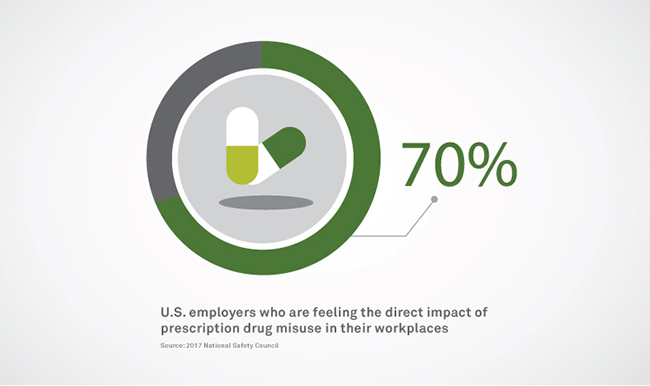
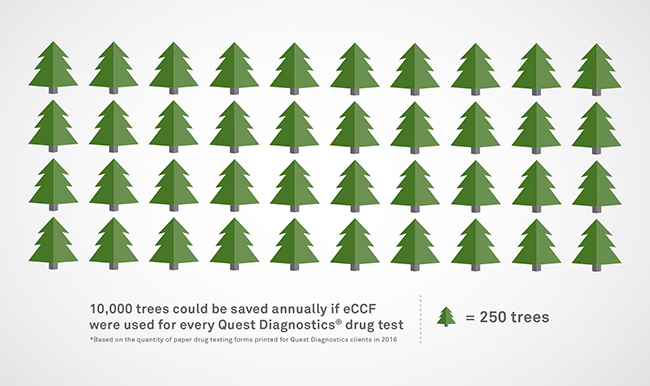
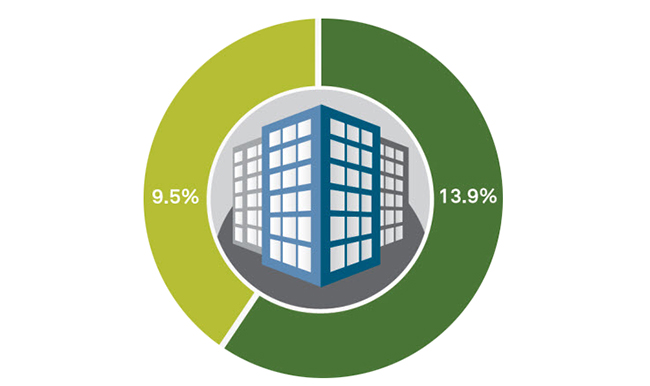

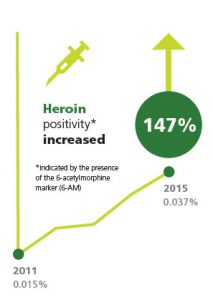
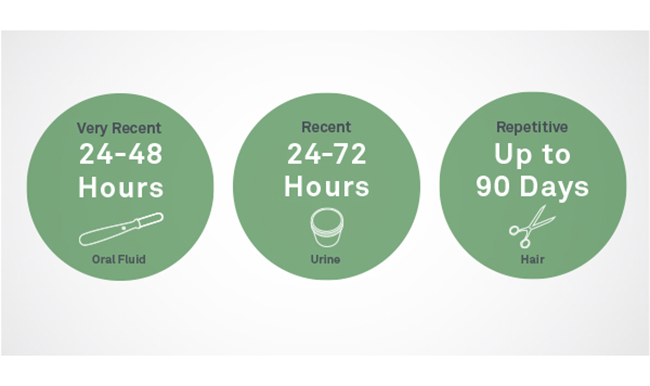




70,237 people lost their lives to drug overdose in the US in 2017.1 This is more than the number of Americans killed during the entire Vietnam War, the Korean War, or any armed conflict since World War II. Each person was a son, daughter, father, mother, partner, or friend. Every one of them had a life story with a tragic ending. Drug abuse, addiction, overdoses, and death cross the boundaries of age, race, gender, income level, and occupation. We all know someone who has suffered because of drug abuse.
The Centers for Disease Control and Prevention (CDC) owns and manages a large database of public health information which reveals these startling facts about 2017 drug-related deaths in the United States:
Additionally, many deaths from heart disease, stroke, or kidney disease are, in fact, indirectly caused by chronic drug abuse. For example, a 2012 study showed that seemingly healthy regular cocaine users had significantly increased long-term risk factors for heart attack and stroke.5 While such drug abuse connections are logical and evidence-based, they are not captured in cause-of-death statistics.
Most drug overdoses involve more than one drug, and the drugs are often legal.6 For example, combining prescription opiates with alcohol is very dangerous and potentially lethal. In 2017, 68% of overdoses involved opioids.7 Additionally, strong evidence from numerous studies suggests the prescription opioid epidemic has led to a significant increase in heroin use and overdoses, as patients can quickly become abusers once their prescriptions or insurance coverage runs out. The CDC reports that heroin use has been increasing among men and women, in most age groups, and across all income levels.8 Preventive measures are needed for all socioeconomic groups.
Employers might make the incorrect assumption that addicts cannot hold down jobs and dismiss the opioid crisis as an irrelevant problem. On the contrary, many people use opioids in order to keep their jobs and maintain their productivity at work. According to the U.S. Bureau of Labor Statistics, 272 people died on the job from drug overdoses in 2017, and this number has increased by at least 25% each year for the past five years.9
Drug testing is one way to actively help prevent drug abuse and its potentially fatal consequences. People’s livelihoods depend on their jobs and when employees know that their employer has a robust drug testing program, employees are less likely to use drugs. The Quest Diagnostics Drug Testing Index™ consistently shows that the federally mandated, safety-sensitive workforce has a significantly lower drug test positivity rate than the general U.S. workforce. Workers in safety-sensitive roles are subject to strict drug testing regulations and rigorous, ongoing testing. In addition to pre-employment testing, they are subject to random drug testing, which drug users cannot anticipate and prepare for by temporarily stopping drug use.
Drug abuse is a serious, widespread public health issue, often with irreversible and disastrous consequences. Regularly drug testing employees can play a significant role in helping to make a positive impact on this problem.
For more information about drug testing, visit our website.
Resources:
1 Scholl L, Seth P, Kariisa M, Wilson N, Baldwin G. Drug and Opioid-Involved Overdose Deaths — United States, 2013–2017. MMWR Morb Mortal Wkly Rep 2019;67:1419–1427. DOI: http://dx.doi.org/10.15585/mmwr.mm675152e1 Published January 2019. Accessed June 2019.
2 Centers for Disease Control and Prevention, National Center for Health Statistics. Underlying Cause of Death 1999-2017 on CDC WONDER Online Database, released December, 2018. Data are from the Multiple Cause of Death Files, 1999-2017, as compiled from data provided by the 57 vital statistics jurisdictions through the Vital Statistics Cooperative Program. https://wonder.cdc.gov/ucd-icd10.html Accessed June 2019.
Query Criteria:
Year/Month: 2017
Group By: 15 Leading Causes of Death
Show Totals: Disabled
Show Zero Values: Disabled
Show Suppressed: Disabled
Calculate Rates Per: 100,000
Rate Options: Default intercensal populations for years 2001-2009 (except Infant Age Groups)
3 Centers for Disease Control and Prevention, National Center for Health Statistics. Underlying Cause of Death 1999-2017 on CDC WONDER Online Database, released December, 2018. Data are from the Multiple Cause of Death Files, 1999-2017, as compiled from data provided by the 57 vital statistics jurisdictions through the Vital Statistics Cooperative Program. https://wonder.cdc.gov/ucd-icd10.html Accessed June 2019.
Query Criteria:
Year/Month: 2000
Group By: 15 Leading Causes of Death
Show Totals: Disabled
Show Zero Values: Disabled
Show Suppressed: Disabled
Calculate Rates Per: 100,000
Rate Options: Default intercensal populations for years 2001-2009 (except Infant Age Groups)
4 Centers for Disease Control and Prevention, National Center for Health Statistics. Underlying Cause of Death 1999-2017 on CDC WONDER Online Database, released December, 2018. Data are from the Multiple Cause of Death Files, 1999-2017, as compiled from data provided by the 57 vital statistics jurisdictions through the Vital Statistics Cooperative Program. https://wonder.cdc.gov/ucd-icd10.html Accessed June 2019.
Query Criteria:
Year/Month: 2000; 2017
Drug/Alcohol Induced Cause; Year
Show Totals: True
Show Zero Values: False
Show Suppressed: False
Calculate Rates Per: 100,000
Rate Options: Default intercensal populations for years 2001-2009 (except Infant Age Groups)
5 American Heart Association. Illegal Drugs and Heart Disease.
https://sitecorestg.heart.org/en/health-topics/consumer-healthcare/illegal-drugs-and-heart-disease
Updated September 2015. Accessed June 2019.
6 Genetic Science Learning Center. How Drugs Can Kill.
https://learn.genetics.utah.edu/content/addiction/drugskill/
Accessed June 2019.
7 National Institute on Drug Abuse. Opioid Overdose Crisis. https://www.drugabuse.gov/drugs-abuse/opioids/opioid-overdose-crisis
Updated January 2019. Accessed June 2019.
8 Centers for Disease Control and Prevention. Vital Signs: Demographic and Substance Use Trends Among Heroin Users – United States, 2002-2013. https://www.cdc.gov/mmwr/preview/mmwrhtml/mm6426a3.htm?s_cid=mm6426a3_w
Published July 10, 2015. Accessed June 2019.
9 Bureau of Labor Statistics. Census of Fatal Occupational Injuries Summary, 2017. https://www.bls.gov/news.release/cfoi.nr0.htm
Published December 18, 2018. Accessed June 2019.